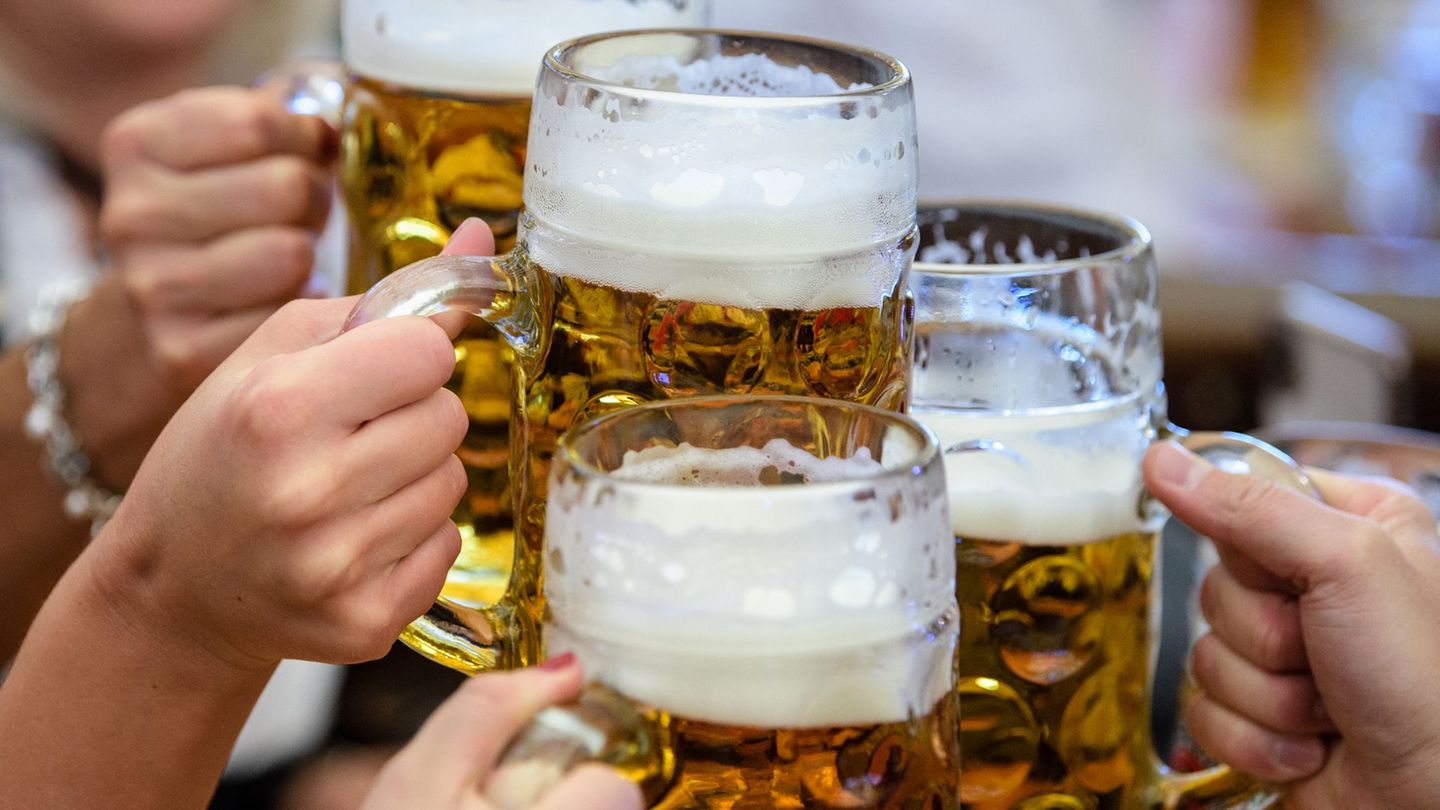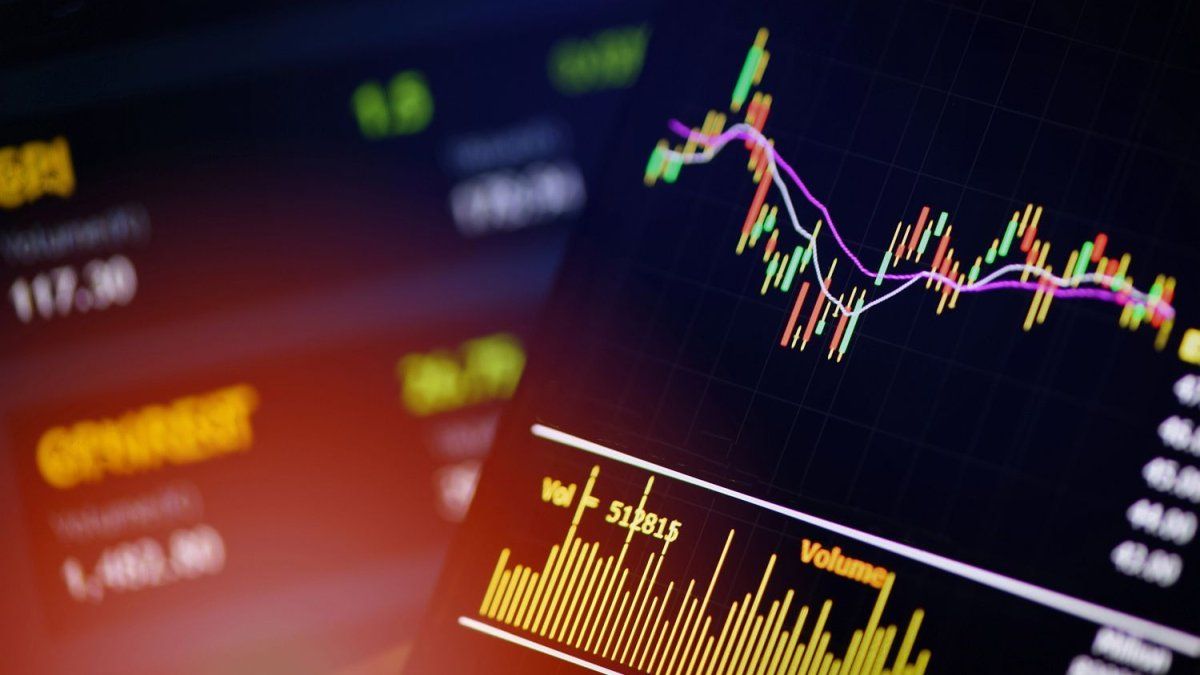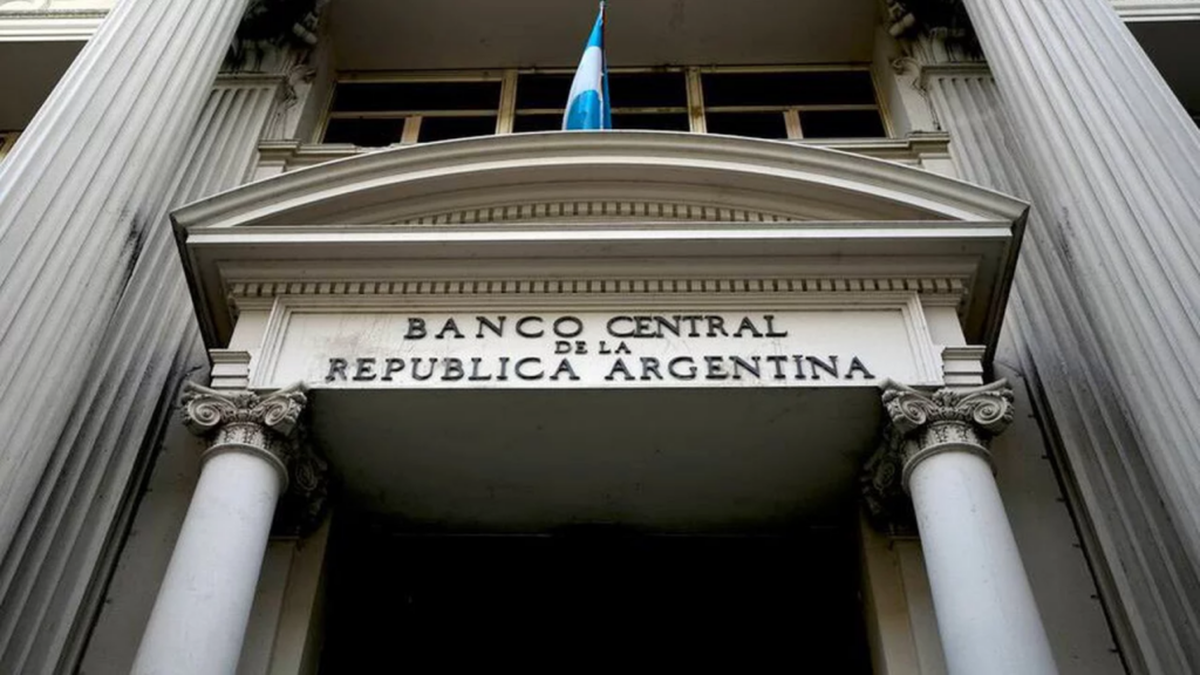Half -annual figures
Salvation collapse: Beer business no longer runs round
Copy the current link
Add to the memorial list
Beer with alcohol is becoming increasingly less common in Germany. Because the successful non -alcoholic varieties only compensate for the losses, the brewers want to enforce higher prices.
People in Germany drink less and less beer – if alcohol is contained. The losses of the brewers can also only contain the doubling of the brewing of non -alcoholic varieties in the past ten years. The brewing industry sees itself after a hard drop in sales in the first half of the year before massive problems. The industry expects further bankruptcy in the face of increasing costs and demands higher prices.
German beer production has been decreasing continuously for many years. Well -known reasons for decreasing consumption are the aging society as well as the trend towards a health -conscious lifestyle and changed consumption habits, especially younger people.
Strong burglary for half a year
But the brewers have not yet experienced a break -in like in the first half of this year. 3.9 billion liters of beer with alcohol mean a decline of 6.3 percent in the same period last year, as reported by the Federal Statistical Office. Similar setbacks had only existed at the beginning of Corona pandemic in the first half of 2020 and in the second half of 2023.
In the past year, Germany already published its role as a volume European beer European champion to Russia, as can be seen from a list of the world’s largest hop dealer Barthhaas.
Beer quantity continues to go back
For the first time, the border of four billion liters has been undercut in a half of the year. In Germany, which is still almost 82 percent of the total sales, the decline was slightly weaker at 6.1 percent than in export, where the amount shrank by 7.1 percent.
Lichtblick remains the development of the non -alcoholic varieties: Last year, 579 million liters was produced almost twice as much non -alcoholic beer as it was ten years earlier. The market share is now nine percent. Each tenth beer will soon be alcohol -free in Germany.
Alcohol -free in pubs particularly in demand
The non-alcoholic proportion is already higher in the catering trade, shows the Kollex beer monitor, which evaluates orders from the hospitality industry. After that, every eighth beer (12.3 percent) in the first half of the restaurant was ordered in the non -alcoholic variant. The pioneer is the actually wine-minded southwest: in Rhineland-Palatinate and Saarland, almost every fourth order is alcohol-free.
Veltins boss Volker Kuhl warned his brewing colleagues about excessive expectations because a hard competition has also developed about the non-alcoholic varieties. Kuhl says: “In our view, non -alcoholic beers are at best a patch that relieves the pain.” They are not a rescuer in the crisis and could currently only compensate for a third of the loss of quantity.
Brauer-Bund also sees problems in the USA
In addition to demographic development, the German Brewer Association also sees economic problems. General Managing Director Holger Eichele emphasizes: “Similar to gastronomy and trade, the bad consumer climate also fully beats the breweries. The situation of the catering trade is worrying, many companies are fighting for survival and have not recovered since pandemic.”
With many breweries, it hardly looks better than in the pubs: after the Corona shock, they were caught cold from rapidly increasing energy prices. Gas and electricity are an important cost factor when brewing beer. The raw materials and wage costs have also become significantly more expensive.
Costs rise faster than prices
According to an analysis by the Roland Berger consulting company, the manufacturing costs for beer have increased much more for years than the prices that breweries achieve in wholesale. The consultants sum up: “This means that many breweries are enormous margin and cost pressure, from which investments also suffer that are indispensable for the development of new products, but also for the achievement of sustainability goals and future viability.”
According to the Brauer Association, almost 100 small and medium-sized companies have already given up in the past five years, while industry giants such as Radeberger have closed large brewing sites such as the binding brewery in Frankfurt. However, the market is still shaped by great overcapacity for almost 1,500 remaining breweries, which continues to make price negotiations easy for powerful retail.
No fast market recovery expected
Veltins boss Kuhl expects economic difficulties in many companies in the near future. “For many breweries, the air is thin for many breweries, especially since we do not assume a market tension before the end of 2026.”
For the Brewer Association, it is also clear with a view to the European neighbors: beer is clearly too cheap in Germany – both in the supermarket as well as in pubs and restaurants. It is still pending whether the brewers can actually enforce higher prices.
Communication Destatis Study Roland Berger Barthhaas report 2024/2025 Message Brauer-Bund
dpa
Source: Stern




